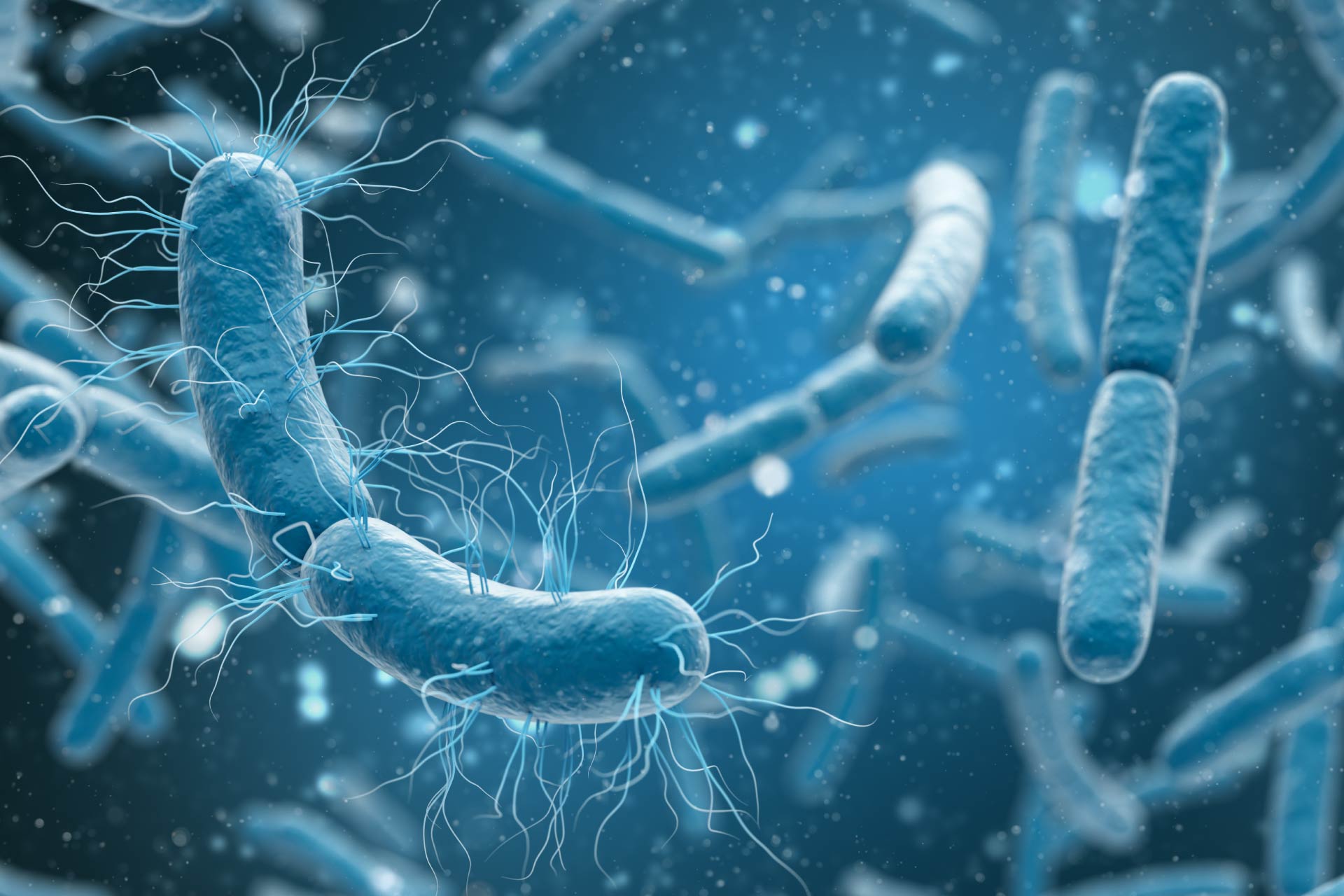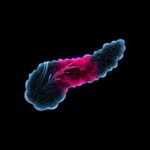• Regulating skin microbes through ILC2s
• Healthy barrier
What is already known on this topic
The skin is home to immune cells called group 2 innate lymphoid cells (ILC2s), which are responsible for a frontline protection from invading bacteria and viruses. But how ILC2s are capable of recognizing pathogens remains unclear.What this research adds
To assess how ILC2s sense skin pathogens, researchers exposed study participants to house dust mite allergens, which caused individuals to develop blisters. By analyzing ILC2s from blister fluid extracts, the team found that both blood-circulating and skin-residing ILC2s express two specific microbe-sensing receptors called NOD2 and TLR2. These receptors can recognize several bacteria, including Staphylococcus epidermidis and Pseudomonas aeruginosa, two microbes that can cause severe infections in people with compromised immune systems. Activating the receptors triggered the production of immune molecules that are key to regulate the skin microbiota, the researchers found.Conclusion
The findings may pave the way to potential treatments for skin infections and other inflammatory conditions.
The skin’s defense system offers a frontline protection against invading bacteria and viruses. Now, researchers have found that immune cells on skin can help to maintain a healthy skin microbiota.
The findings, published in Science Immunology, may pave the way to potential treatments for skin infections and other inflammatory conditions.
The skin’s first line of defense from pathogens includes immune cells called group 2 innate lymphoid cells (ILC2s), which are responsible for triggering a response when bacteria and viruses breach the skin. But how ILC2s can sense skin pathogens remains unclear.
To better understand how skin response to pathogens unfolds, Graham Ogg at the University of Oxford and his colleagues injected study participants with house dust mite allergens, which caused individuals to develop blisters.
Regulating skin microbes through ILC2s
First, the researchers sorted out ILC2s from blister fluid extracts; then, they analyzed what genes the cells expressed. The team found that ILC2s express two specific microbe-sensing receptors called NOD2 and TLR2. Both blood-circulating and skin-residing expressed the receptors.
Further experiments showed that NOD2 and TLR2 can sense several bacteria, including Staphylococcus epidermidis, Staphylococcus aureus, and Pseudomonas aeruginosa. These microbes are part of the skin microbiota, but they can cause severe infections in people with compromised immune systems.
Activating the receptors appeared to increase the production of immune molecules, such as IL-6, that are key to regulate the skin microbiota, the researchers found. These findings suggest that ILC2s may use NOD2 signaling to sense skin-resident bacteria, they say.
Healthy barrier
In another set experiments, the team exposed ILC2s to bacteria and confirmed that NOD2 stimulated the production of IL-6 profile as well as autophagy — a natural mechanism of the body to removes damaged cells. However, these two processes were impaired in people with NOD2 mutations, the researchers found. “Careful regulation of NOD2 signaling would be required in the skin, where an effective dialog between immune cells and the microbiome is key for a heathy barrier,” the authors say. “Uncontrolled NOD2 signaling could lead to a highly proinflammatory state in the skin and dysbiosis.”
Because NOD2 is expressed by several cells in the body, including immune cells in the gut, the researchers note that the receptor could be a target for coordinating immune responses against invading bacteria and viruses.
“Activation of ILC2 via NOD2 has the potential not only to orchestrate the immune response by IL-6 production but also to influence other NOD2-expressing cell populations and to tailor the subsequent antibacterial and allergic immune response,” the authors say.









